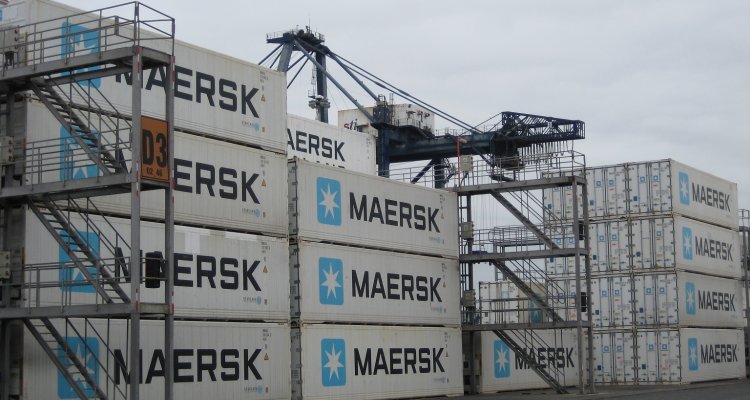
Project
Quest II: container refrigeration with 65% less CO2 emission
The new Quest II (patent pending) control methodology for container refrigeration units reduces the energy consumption of reefer containers by 65%. This saving comes without any adverse effect on produce quality.
Quest II development
Quest stands for QUality and Energy in Storage and Transport. Quest II has been developed by Wageningen UR Food & Biobased Research, shipping line Maersk Line and reefer unit manufacturer Carrier Transicold. The original idea dates back to 2002 and resulted in Quest I. In 2007 Maersk starts to use the Quest I Software to reduce the energy consumption. In parallel the development of Quest II started. The main energy savers in Quest II are a balanced internal air circulation and a no part-load compressor operation. The effect of Quest II temperature control on product quality was thoroughly investigated for a range of products, both in labscale tests and in hundreds of field trial shipments. Neither the labscale tests nor the field trials have ever revealed any adverse effect of Quest II on produce quality. Since completion of the development project in 2011, Maersk Line has started to introduce Quest II in its fleet.